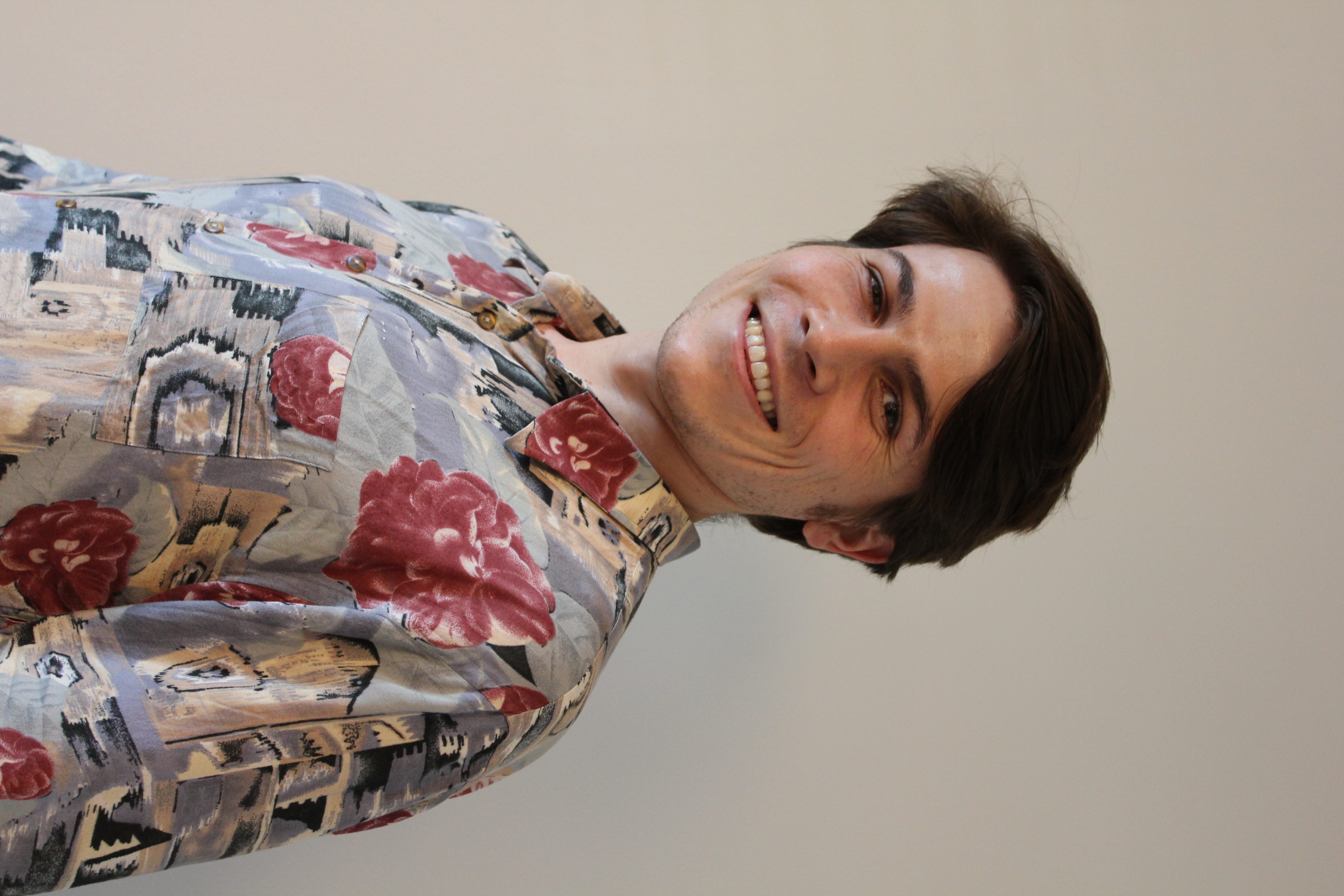Reference:
Q. Brissaud, S. P. Naesholm, A. Turquet, and A. Le Pichon. Predicting infrasound transmission loss using deep learning. Geophysical Journal International (in review, 2021)
https://doi.org/10.1093/gji/ggac307
S. P. Naesholm will be presenting the work done in collaboration with CEA’s Alexis Le Pichon about ML-based modeling of infrasound amplitudes. This is mostly based on Edouard Forestier’s 2022 intership at NORSAR. See abstract below for more details:
Rapid estimation of ground-to-ground infrasonic transmission loss using a recurrent neural network (RNN) trained on simulations through realistic atmosphere model specifications
Providing rapid estimates of infrasound transmission loss is of great value for various analysis tasks including volcano monitoring and information systems, CTBT monitoring, and near-realtime atmospheric probing. This work exploits the application of recurrent neural networks (RNNs) to predict ground-toground infrasound transmission loss (TL) in a range-dependent atmosphere. Previously, deep learning has shown promising results to predict TL up to 1000 km using convolutional neural networks (Brissaud et al., GJI, 232(1), 2023). Such predictions enable assessing infrasound source characteristics such as pressure levels associated with artificial or natural wavefields for near-realtime applications. We present improvements on this previous architecture to increase accuracy, extend the source-receiver range to 4000 km, and account for range-dependent small-scale perturbations to the background ERA5 models. The dataset of range-dependent profiles as inputs and parabolic equation simulations used as ground-truth, is significantly extended to 180 000 simulations. Thereby, the training dataset covers a greater extent of global realistic atmospheres. The RNN approach leads to a gain in accuracy by exploiting that the atmosphere beyond a given range shouldn’t influence the TL at shorter ranges. The ML model can facilitate large-scale real-time monitoring, atmospheric probing, and characterization of infrasound sources such as active volcanoes and man-made explosions.
